Liptong Tree
- October 30, 2024
- 0 comment
The Philippine Liptong Tree, scientifically known as Palaquium sorsogonense, is a native tree species treasured for its unique role in forest ecosystems across the Philippines. As part of the Sapotaceae family, it contributes significantly to maintaining biodiversity and promoting soil health.
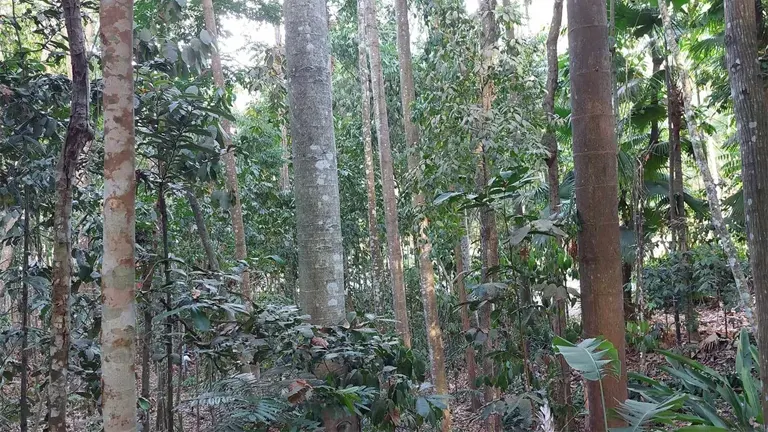
Its presence is crucial for supporting various local wildlife and preserving ecological balance. The Philippine Liptong Tree has garnered attention not only for its ecological importance but also for its potential use in reforestation and conservation initiatives.
What Is the Liptong Tree?
The Philippine Liptong Tree, Palaquium sorsogonense, belongs to the Sapotaceae family, a group known for its durable, resilient hardwood species. This tree exhibits several defining characteristics, including glossy, oval-shaped leaves with a leathery texture and smooth bark, which help it adapt to diverse environments. Liptong trees often have small, inconspicuous flowers that vary in color from creamy white to pale yellow, each emitting a subtle fragrance that attracts pollinators.
Interestingly, the Philippine Liptong Tree also contributes to soil health by enhancing nutrient levels and supporting microbial life. These trees are known to have lifespans extending several decades, often growing to a mature height of 20-25 meters, although some variations can reach even greater heights.
Liptong Tree Species
The genus Palaquium includes various species adapted to tropical regions. Common species of Palaquium found in the Philippines and surrounding regions include:
Palaquium Sorsogonense
The primary species referred to as the Philippine Liptong Tree, native to the Philippines, characterized by its ecological adaptability.
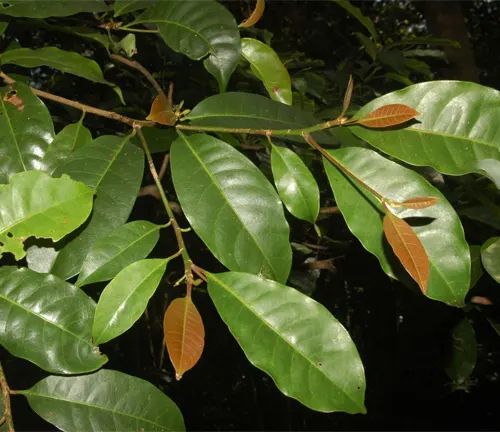

Palaquium Philippense
A close relative, also found in tropical climates, known for its robust wood and larger canopy.
These species show slight variations in size, appearance, and habitat preference. For instance, while Palaquium sorsogonense favors lowland forests, other species might thrive in more diverse forest ecosystems, from montane regions to riverine areas. Collectively, they play a critical role in preserving soil quality, managing water retention, and providing habitat for numerous forest-dwelling species.
Where Do Liptong Trees Grow?
The Philippine Liptong Tree is native to the tropical and subtropical forests of the Philippines. These trees grow primarily in lowland areas with abundant rainfall and well-drained soil, although they can adapt to slightly higher altitudes in tropical forests. Liptong trees thrive in warm climates and rely on moderate to high levels of humidity to support their growth. Adapted to tropical ecosystems, they can play a vital role in soil stabilization, preventing erosion, and offering shade to younger vegetation below.
In its natural habitat, the Liptong Tree supports an entire web of ecological relationships, from the soil microorganisms that benefit from its decomposing leaves to the animals that feed on its flowers and seeds.
How to Grow and Care for Liptong Trees
For gardeners and tree enthusiasts, growing a Philippine Liptong Tree at home or in community parks requires attention to a few key needs:
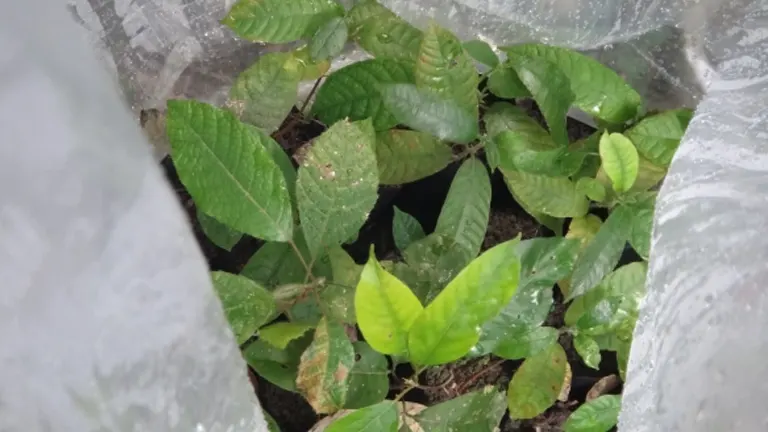
- Soil: Liptong trees prefer fertile, well-drained soil with a pH range of 6-7. Adding organic matter to the soil can further encourage healthy growth.
- Water: While these trees tolerate occasional drought, they do best with consistent moisture, ideally through weekly watering.
- Sunlight: Partial to full sunlight is recommended. However, young saplings may benefit from a bit of shade until they mature.
Propagation can be achieved through seeds or cuttings, with seeds typically germinating after a few weeks. Regular pruning helps to shape the tree and prevent disease, while monitoring for pests and fungal issues ensures the tree stays healthy.
Ecological Benefits of the Liptong Tree
The Philippine Liptong Tree provides numerous ecological benefits, from enhancing soil quality to acting as a natural shield against soil erosion. Its deep root system supports soil stabilization, helping to prevent landslides in tropical regions with heavy rains. Additionally, fallen leaves from the tree decompose to enrich the soil, creating a nutrient-rich environment that promotes plant biodiversity.
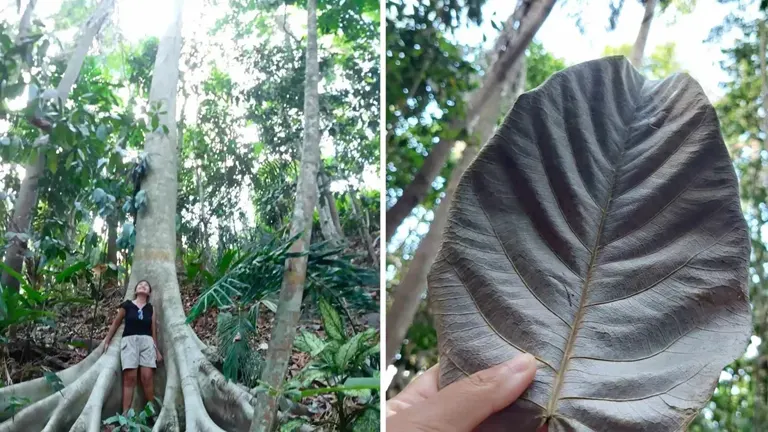
Furthermore, the Liptong Tree acts as a habitat for various insects, birds, and small mammals, fostering biodiversity by offering food and shelter. Its flowers are an essential resource for local pollinators, making it a valuable species for maintaining ecological networks within tropical forests.
Liptong Tree Flowering and Pollination
The Philippine Liptong Tree generally blooms in the late spring and summer, producing small, delicate flowers that are pale yellow or white. These blooms emit a subtle fragrance that attracts insects such as bees, which play a vital role in pollination. Pollination not only aids the reproduction of the tree but also provides a seasonal food source for pollinating insects, contributing to the health of the ecosystem.
Is the Liptong Tree Drought-Tolerant?
While the Philippine Liptong Tree can withstand short periods of drought, it is not considered highly drought-tolerant. Its growth and health significantly benefit from regular rainfall or consistent watering, especially during dry spells. For those looking to cultivate the tree in drier regions, supplementary watering and the use of mulch to retain soil moisture can help support its growth.
Liptong Tree and Wildlife Interactions
This tree plays a crucial role in the lives of many local animals. Birds, insects, and small mammals are all drawn to the Liptong Tree’s foliage, flowers, and seeds. Some birds rely on the tree’s branches for nesting, while insects use the flowers for nectar and pollen. There is also a symbiotic relationship between certain insects that protect the tree from pests in exchange for nectar.
Conclusion
The Philippine Liptong Tree, Palaquium sorsogonense, stands as a testament to the incredible biodiversity of the Philippines and serves as a cornerstone species in its native ecosystem. Its roles in soil stabilization, habitat creation, and nutrient cycling are essential to the health and sustainability of tropical forests. By understanding and protecting the Philippine Liptong Tree, we not only preserve an important ecological player but also contribute to the conservation of biodiversity and the resilience of natural landscapes for future generations.
Frequently Asked Questions (FAQs)
- What is the Philippine Liptong Tree?
The Philippine Liptong Tree (Palaquium sorsogonense) is a native tree of the Philippines in the Sapotaceae family, known for its role in tropical ecosystems and soil stabilization. - Where does the Philippine Liptong Tree grow naturally?
It thrives in the tropical forests of the Philippines, especially in lowland regions with well-drained soil and consistent rainfall. - What are the key characteristics of the Philippine Liptong Tree?
It has glossy, leathery leaves, smooth bark, and small yellowish-white flowers that attract pollinators, typically reaching heights of 20-25 meters. - How does the Philippine Liptong Tree contribute ecologically?
The tree prevents soil erosion, enriches the soil with nutrients, and provides habitat and food for local wildlife, supporting overall biodiversity. - Is the Philippine Liptong Tree easy to grow in gardens?
Yes, it can be grown with fertile, well-drained soil, partial to full sunlight, and consistent watering, although it requires protection from drought. - What wildlife depends on the Philippine Liptong Tree?
Local birds, insects, and small mammals use the tree for food, nesting, and shelter, creating a network of interdependent species. - Does the Philippine Liptong Tree flower often?
It flowers seasonally in late spring and summer, producing small fragrant flowers that attract bees and other pollinators. - Can the Philippine Liptong Tree withstand drought?
While somewhat resilient, it prefers consistent moisture and may need additional watering during dry periods to thrive.





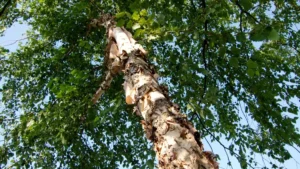
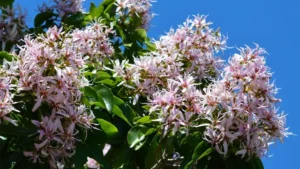
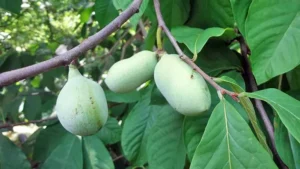



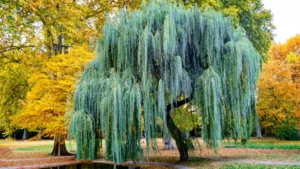
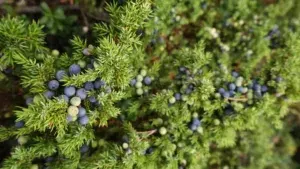

Leave your comment